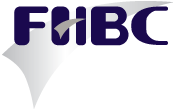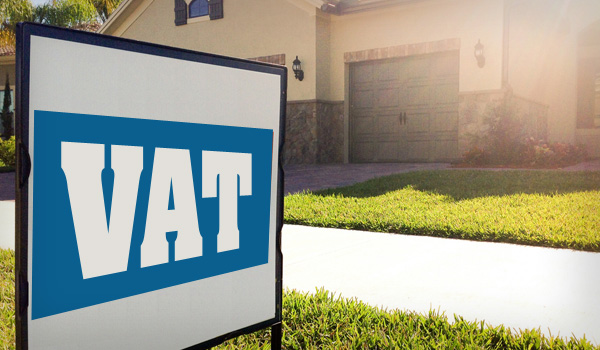 Provisional tax is an advance payment of a taxpayer’s normal tax liability and not a separate tax.
Provisional tax is an advance payment of a taxpayer’s normal tax liability and not a separate tax.
1. Who IS a provisional taxpayer?
The time of supply for fixed property is the earlier of:
a. A person (other than a company) who earns income, other than remuneration or an allowance or advance as contemplated in section 8(1) of the Income Tax Act (IT Act).
b. A company; and
c. A person who is notified by the SARS Commissioner that he / she is a provisional taxpayer.
2. Who is NOT a provisional taxpayer?
a. Public Benefit Organisations (PBO’s) approved by SARS.
b. Recreational clubs approved by SARS.
c. Any Body-Corporate, share block company or association of persons contemplated in section 10(1)(e).
d. Any natural person who does not derive income from the carrying on of any business, if in that relevant year of assessment –
- Taxable income does not exceed the tax threshold;
- The taxable income from interest, dividends, foreign dividends and rental from letting fixed property does not exceed R30 000.
e. Non-resident owners or charterers of ships and aircraft who are required to make payments under section 33 of the Income Tax Act.
f. Any small business funding entity.
g. Deceased estates (where taxpayer passed away on or after 1 March 2016)
3. Directors of private companies and members of close corporations.
a. In terms of the definitions “employee” and “provisional taxpayer” in paragraph 1 and the provisions of paragraph 11C of the Fourth Schedule of the Income Tax Act, directors of private companies and members of close corporations are regarded as employees.
b. They are not required to automatically be registered as provisional taxpayers unless they have income that falls within the scope of provisional income.
4. First and second payments:Provisional tax payments are required to be made after the first 6 months in the tax year and then at the end of the tax year.
5. Third Payment:
a. Also, known as the top-up payment
b. Additional payment AFTER year end.
NOTE: If the taxpayer does NOT have a February year end the third payment will be payable 6 months after year-end.
c. Why make a top-up payment?
For the purpose of avoiding or reducing a liability for INTEREST that would arise if the 1st and 2nd payments were too low.
6. Third Payment:
7. Estimates of taxable income:
Provisional taxpayers must submit an estimate of the total taxable income which will be earned in respect of the year of assessment for which the provisional tax is payable.
a. Provisional taxpayers (other than a company)
- The estimate must NOT include:
- Any retirement fund lump sum benefit;
- Retirement fund lump sum withdrawal benefit; or
- Any severance benefit received by or accrued to the taxpayer during the relevant year of assessment.
- The amount of an estimate submitted for the first period must ordinarily not be less than the basic amount applicable for that particular estimate. However, a lower estimate may be submitted if justified by the circumstances of the specific case.
- BASIC AMOUNT is:
- The taxpayer’s taxable income assessed by SARS for the latest preceding year of assessment LESS
- The amount of any taxable gain;
- Taxable portion of a retirement fund lump sum benefit;
- Taxable portion of a retirement fund lump sum withdrawal;
- Taxable portion of a severance benefit other than an amount included under para (eA) of “gross income); and
- Any amount including any voluntary award received or accrued (para (d) of “gross income”
- The taxpayer’s taxable income assessed by SARS for the latest preceding year of assessment LESS
b. Company provisional taxpayers
The basic amount is the taxpayer’s taxable income assessed by SARS for the latest preceding year of assessment LESS the amount of any taxable capital gain
It is important to note that the BASIC AMOUNT is not a substitute for the estimate of taxable income to be used when making the provisional tax payment. Then you must still estimate the taxable income for the period, taking all the factors into account.
It is only if the estimate is wrong, that the basic amount is used to avoid penalties. The basic amount is therefore only used as a safe haven in the following cases:
- When calculating the first provisional tax payment, and
- When calculating the second provisional tax payment if the taxpayer’s taxable income for the year will be R1 million or less.
8. What does the latest PRECEDING year of assessment mean?
It means the year last assessed before the year for which the provisional payment is made. The assessment had to be issued at least 14 calendar days prior to the due date of the relevant estimate.
9. When must the basic amount be increased?
- Is made for a period that ends more than one year after the end of the latest preceding year of assessment, and
- the estimate is made more than 18 months after the end of that year of assessment.
Remember SARS has the discretion to call on you to justify a provisional tax estimate. If SARS is not satisfied with the estimate they can increase the amount to an amount that they consider reasonable. Therefore, ensure that you keep accurate calculations and the relevant documentation to substantiate your estimate as per the IRP6 submitted to SARS.If you have any queries, please contact Petri Westraadt at pwestraadt@fhbc.co.za
Source Reference:
- Silke 2015 / 2016
- SAICA Volume 3 Tax Legislation
- SARS External Guide for provisional tax 2017
- http://www.iol.co.za/personal-finance/tax/provisional-tax-penalties-made-simpler–and-harsher-1831852
- https://harbourassociates.co.za/blog/2015-07-18-14-32-42/126-provisional-tax-explained

